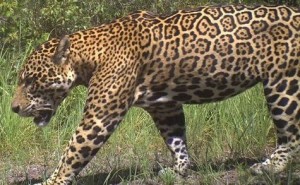Panthera, founded in 2006, is an international organization devoted exclusively to the conservation of wild cats and their ecosystems. Utilizing the expertise of the world’s premier cat biologists, Panthera develops and implements global conservation strategies for the largest, most imperilled cats – tigers, lions, jaguars, and snow leopards.
Representing the most comprehensive effort of its kind, Panthera works in partnership with local and international NGOs, scientific institutions, local communities and governments around the globe.




